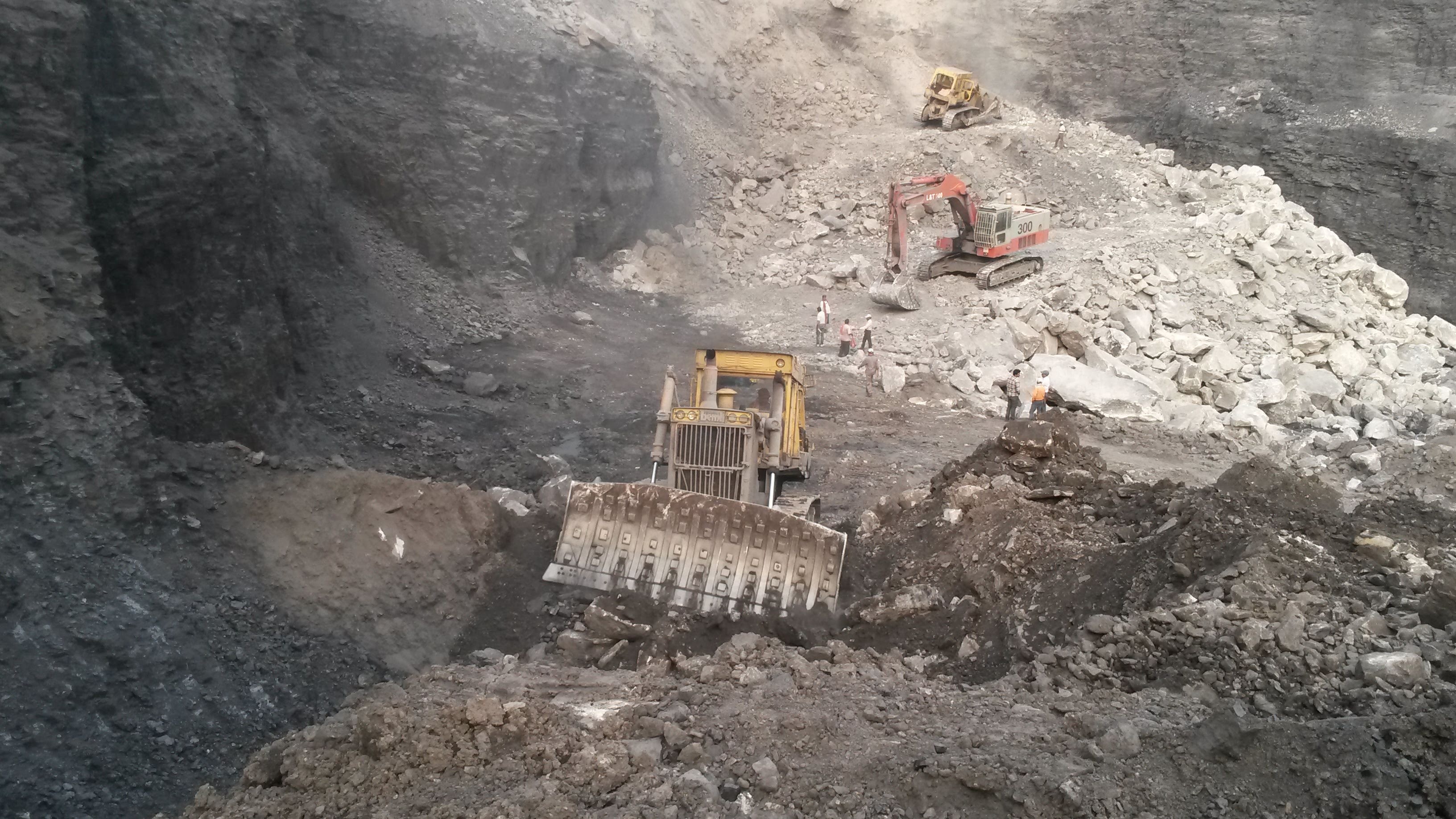
Back in October, Teck Resources made headlines for a $19-million land deal in southeastern British Columbia. Best known for their coal, copper and zinc mining projects, it must seem like a weird topic to write about in a wildlife magazine. But this land was purchased by Teck Resources for the express purpose of ensuring it would not be developed at all.
Conservationists cheered. The land covers wintering grounds for elk and habitat for many other species, such as moose, wolverines and grizzly bears. Teck Resources bought the land as a kind of “offset”, a commitment to conserve an area as compensation for environmental damage caused elsewhere by its operations.
Offsetting is not a new concept, but is starting to gain traction as a popular idea in provinces such as Alberta and B.C., where rich natural resources are mined for economic benefit, but conservation is also a burgeoning issue.
But there is controversy around the policy. Most conservationists agree it should only be used as a last resort. Why accept the inevitability of destroying habitat when you can still try and save it? Similar programs in Australia have started using habitat hectares to ensure the ecological benefit of the land offsets. The US has around 800 “conservation banks”, that conserve land and generate land credits for purchase.
Read more about how land “offsets” are giving conservationists hope but also cause for thought in Canadian Wildlife magazine, May + Jun 2014 edition.
